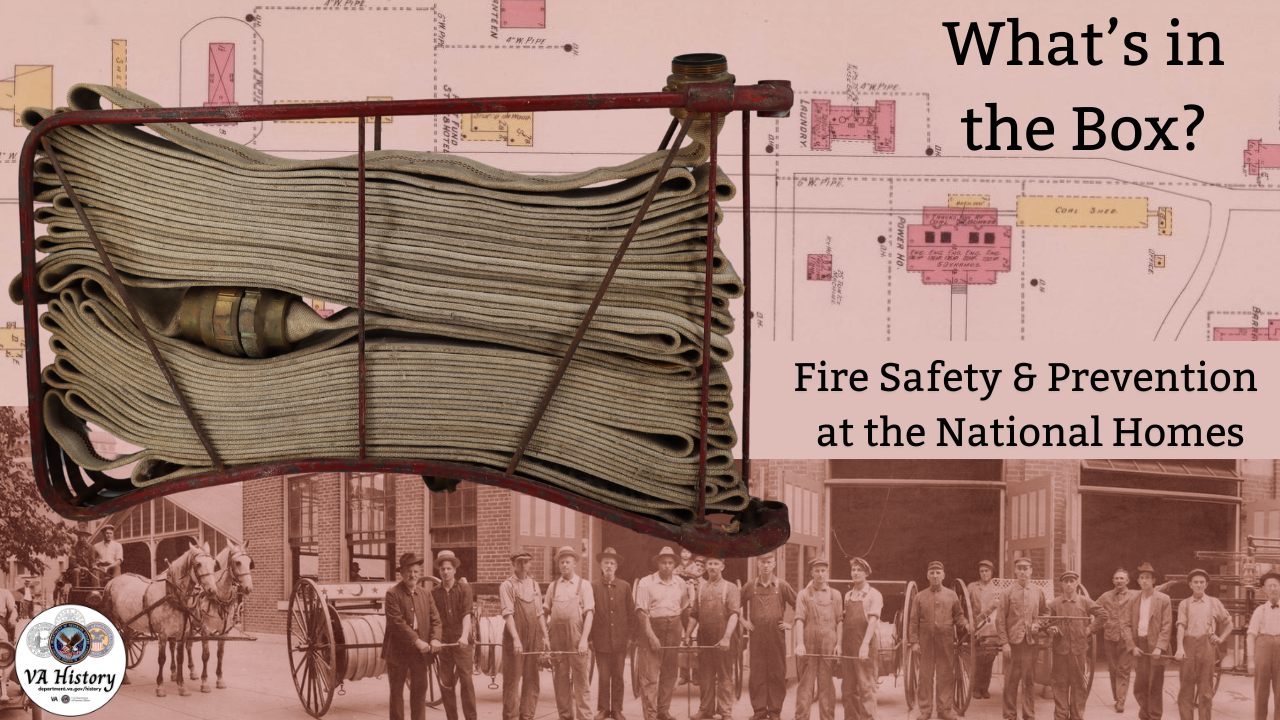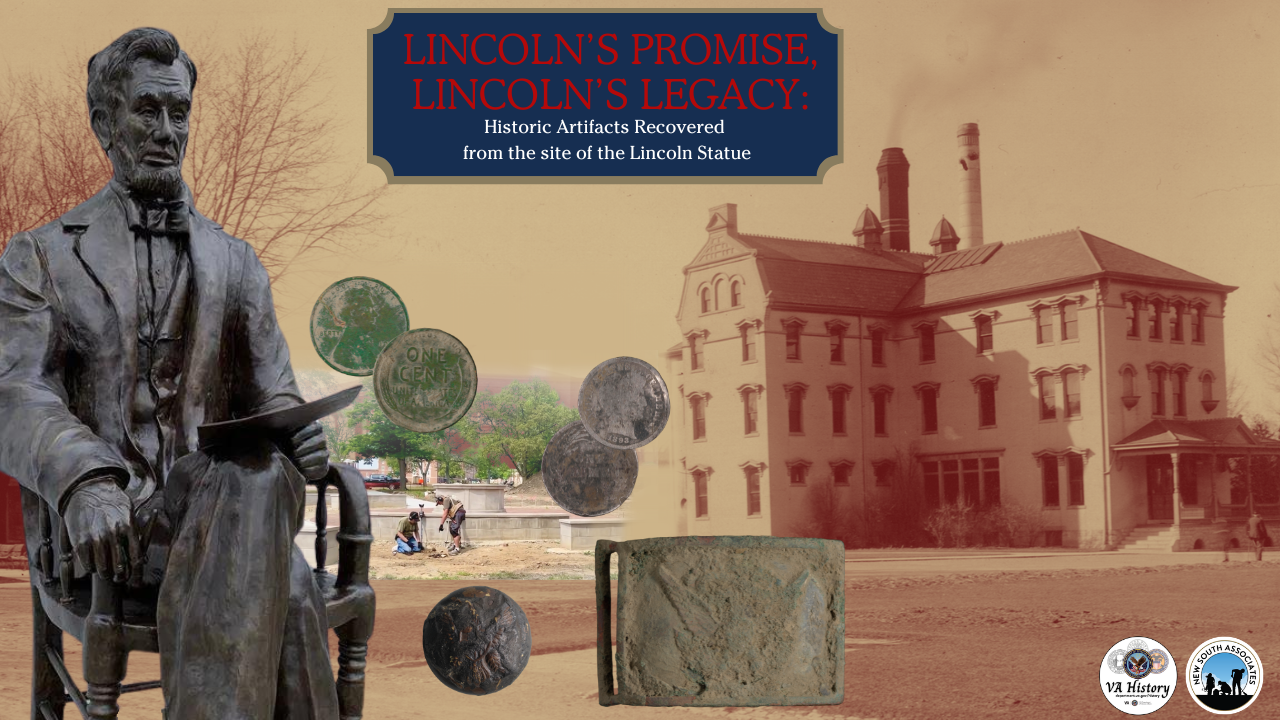
History of VA in 100 Objects
Object 83: First Liver Transplantation at VA Hospital
Prior to the 1960s, liver failure always ended in death. In May 1963, however, Dr. Thomas E. Starzl made medical history at the VA hospital in Denver, Colorado, when he performed the first liver transplantation on a patient who survived the operation.
Starzl's continued to refine his procedure, becoming a leading expert on liver transplants. The success rate for early transplants wasn't optimal, but that didn't stop him from researching new techniques and post-care practices. These innovations, coupled with new medications, improved the effectiveness and life-saving measures of that vital transplant surgery.

Featured Stories
Muskogee VA: A Hundred Years of Native American Veteran Care
Native Americans have served the United States with honor, loyalty, and bravery since the Revolutionary War. Despite facing discrimination, many Native American Veterans volunteered for service throughout the centuries, making significant contributions on the battlefield. Some saw it as fighting not only to protect the United States, but also their ancestral land. For their sacrifice, the VA hospital in Muskogee has led the charge in providing exceptional care for Native American Veterans for 100 years.

Curator Corner
What’s in the Box? Fire Safety and Prevention at the National Homes
Fire safety may not be the first thing that comes to mind when thinking about Veteran care, but during the National Home for Disabled Volunteer Soldiers period (1865-1930), it was a critical concern. With campuses largely constructed of wooden-frame buildings, housing thousands of often elderly and disabled Veterans, the risk of fire was ever-present. Leaders of the National Homes were keenly aware of this danger, as reflected in their efforts to establish early fire safety protocols.
Throughout the late 19th century, the National Homes developed fire departments that were often staffed by Veteran residents, and the Central Branch in Dayton even had a steam fire engine. Maps from this era, produced by the Sanborn Map Company for fire insurance purposes, reveal detailed records of fire prevention equipment and strategies used at the Homes. These records provide us with a rare glimpse into evolving fire safety measures in the late 19th and early 20th Century, all part of a collective effort to ensure the well-being of the many Veterans living there.

Curator Corner
Lincoln’s Promise, Lincoln’s Legacy: Historic Artifacts Recovered from Site of Dayton Statue
It all started when Bill DeFries, President of the American Veteran’s Heritage Center (AVHC), lost his wedding ring at the construction site for the statue of Abraham Lincoln on the campus of the Dayton VA Medical Center. He requested the assistance of the Dayton Diggers, a local nonprofit whose mission is to “research, recover, and document history” through their use of metal detector survey. The machines used by Dayton Diggers emit an electromagnetic field that responds to metal objects hidden below the ground surface. When they pinpoint a target, they use minimally invasive excavation to remove the object from the soil. In addition to the misplaced wedding band, their team uncovered historic artifacts that can be used to understand the history of Veteran care here in Dayton.

History of VA in 100 Objects
Object 81: World War I Insurance Certificate
An effort to remake the Veteran benefits system during World War I led to the 1917 War Risk Insurance Act that provided insurance benefits to Veterans well beyond their act of service was completed. A $10,000 policy could furnish the beneficiary a monthly income of over $57 in the early 20th Century.
It was a popular benefit, with 4 million applications before the end of the war. This program greatly impacted VA's future insurance efforts.

History of VA in 100 Objects
Object 80: LUKE/DEKA Prosthetic Arm
In the 19th century, the federal government left the manufacture and distribution of prosthetic limbs for disabled Veterans to private enterprise. The experience of fighting two world wars in the first half of the 20th century led to a reversal in this policy.
In the interwar era, first the Veterans Bureau and then the Veterans Administration assumed responsibility for providing replacement limbs and medical care to Veterans.
In recent decades, another federal agency, the Defense Advanced Research Project Agency (DARPA), has joined VA as a supporter of cutting-edge research into artificial limb technology. DARPA’s efforts were spurred by the spike in traumatic injuries resulting from the emergence of improvised explosive devices as the insurgent’s weapon of choice in Iraq in 2003-04.
Out of that effort came the LUKE/DEKA prosthetic limb, named after the main character from "Star Wars."

History of VA in 100 Objects
Object 79: VA Study of Former Prisoners of War
American prisoners of war from World War II, Korea, and Vietnam faced starvation, torture, forced labor, and other abuses at the hands of their captors. For those that returned home, their experiences in captivity often had long-lasting impacts on their physical and mental health. Over the decades, the U.S. government sought to address their specific needs through legislation conferring special benefits on former prisoners of war.
In 1978, five years after the United States withdrew the last of its combat troops from South Vietnam, Congress mandated VA carry out a thorough study of the disability and medical needs of former prisoners of war. In consultation with the Secretary of Defense, VA completed the study in 14 months and published its findings in early 1980. Like previous investigations in the 1950s, the study confirmed that former prisoners of war had higher rates of service-connected disabilities.

Curator Corner
What’s in the Box? Librarian Helen Carson
It isn’t often that researchers who work with historic objects get to know the people who used those objects every day. Sometimes we get lucky and can link artifacts to certain facilities or buildings on a historic VA campus, but usually we must look for more hidden lines of evidence to figure out how an object fits into the history of those who care for our Nation’s Veterans. As nice as it would be, it isn’t as if many artifacts turn up labeled with their owners’ names! So, imagine my surprise when my teammates and I began sweeping Putnam Library for any historic objects left behind before the building is closed for renovation, and found just that.
As far as artifacts go, its story seemed simple: book presses like these would have been used to help maintain and repair the thousands of books read in Putnam Library ever since it first opened in 1879. The day that I first got up close and personal with the press, I noticed a woman’s name scraped into the black paint of the platen (the technical name for the big metal plate used to hold books together). It said “Helen Carson” in big, legible letters. As we carefully transported the heavy press down the many stairs inside Putnam Library, I looked at the name and thought “Hm…wonder who that is?”.

History of VA in 100 Objects
Object 77: Wheelchair Basketball at VA
Basketball is one of the most popular sports in the nation. However, for paraplegic Veterans after World War II it was impossible with the current equipment and wheelchairs at the time. While VA offered these Veterans a healthy dose of physical and occupational therapy as well as vocational training, patients craved something more. They wanted to return to the sports, like basketball, that they had grown up playing. Their wheelchairs, which were incredibly bulky and commonly weighed over 100 pounds limited play.
However, the revolutionary wheelchair design created in the late 1930s solved that problem. Their chairs featured lightweight aircraft tubing, rear wheels that were easy to propel, and front casters for pivoting. Weighing in at around 45 pounds, the sleek wheelchairs were ideal for sports, especially basketball with its smooth and flat playing surface. The mobility of paraplegic Veterans drastically increased as they mastered the use of the chair, and they soon began to roll themselves into VA hospital gyms to shoot baskets and play pickup games.

History of VA in 100 Objects
Object 76: Senate Speech Proposing First Presumptive Conditions For Great War Veterans
After World War I, claims for disability from discharged soldiers poured into the offices of the Bureau of War Risk Insurance, the federal agency responsible for evaluating them. By mid-1921, the bureau had awarded some amount of compensation to 337,000 Veterans. But another 258,000 had been denied benefits. Some of the men turned away were suffering from tuberculosis or neuropsychiatric disorders. These Veterans were often rebuffed not because bureau officials doubted the validity or seriousness of their ailments, but for a different reason: they could not prove their conditions were service connected.
Due to the delayed nature of the diseases, which could appear after service was completed, Massachusetts Senator David Walsh and VSOs pursued legislation to assist Veterans with their claims. Eventually this led to the first presumptive conditions for Veteran benefits.

Featured Stories
Drs. Ivy Brooks and Mildred Dixon: Challenging the Status Quo
In the mid-twentieth century, the lives of Dr. Ivy Brooks and Mildred Dixon, two trailblazing Black women physicians, converged at the Tuskegee, Alabama, VA Medical Center. Doctor's Ivy Roach Brooks and Mildred Kelly Dixon shared much in common. Both women were born in 1916 in the northeastern United States and received training in East Orange, New Jersey. They both launched careers in alternate medical professions before entering the fields of radiology and podiatry, respectively. Pioneering many “firsts” throughout their professional lives, both women faced and overcame the rampant racism and sexism of the era.

Featured Stories
‘Hello Girls’ of World War I Quest for Veteran Recognition
After the United States entered World War I in 1917, American Expeditionary Force commander General John J. Pershing requested the recruitment of women telephone operators that were bi-lingual in English and French. Eventually 233 were selected out of over 10,000 applicants, and they served honorably through the war, earning the nickname of 'Hello Girls.'
However, their employment was not officially recognized as military service and therefore were neither honorably discharged, or eligible for the benefits other returning Veterans would receive. This kicked off a 60-year fight for 'Hello Girls' to receive legal Veteran status.


